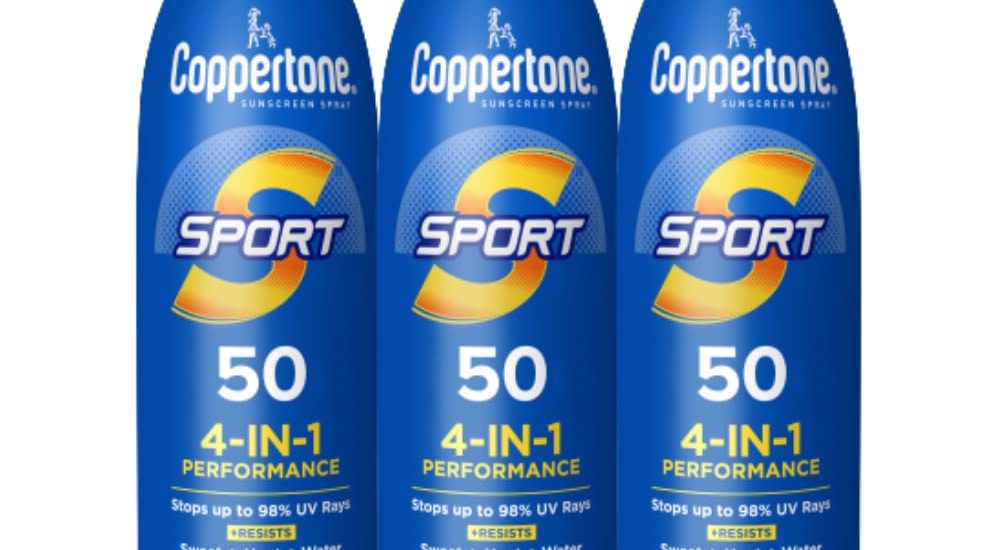Introduction: The Importance of Skin Protection
Sunscreen is a critical tool in protecting our skin from harmful ultraviolet (UV) rays, which can lead to sunburns, premature aging, and even skin cancer. While lotions and creams have traditionally been the go-to for sun protection, sunscreen sprays have emerged as a convenient alternative. They offer easy application and are excellent for reaching hard-to-apply areas. With a variety of options available on the market, it’s essential to understand the benefits and proper usage of body spray bottle to ensure effective protection against the sun.
Advantages of Using Sunscreen Sprays
Convenience and Accessibility
One of the most significant benefits of sunscreen spray is the convenience it offers. Designed for quick application, sunscreen sprays can cover large areas of the body with a continuous mist. This makes them particularly advantageous for those who have difficulty reaching areas like the back and shoulders. Additionally, the quick-drying nature of many spray formulas means that protection can be applied efficiently, helping to speed up the often-tedious process of preparing for sun exposure.
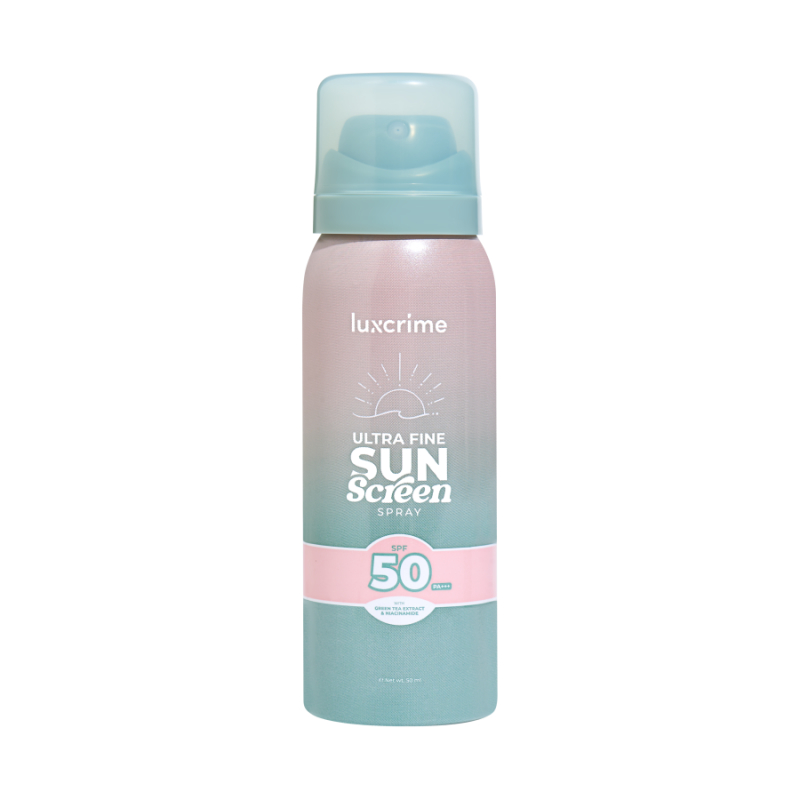
Full Coverage and Even Application
A more uniform application than that provided by creams or lotions can be delivered by sunscreen sprays, which address the issue of uneven application that can lead to patchy protection. The skin’s surface can be thoroughly covered with a fine mist, reducing the chances of missed spots. When applied, the light, even coating from the sunscreen spray is advantageous, especially for individuals with body hair, as the finer mist can effectively penetrate in a way that thicker creams may not.
Enhancements in Spray Formulation
Modern sunscreen sprays are formulated with additional features that cater to various preferences and needs. Many are designed to be water-resistant, allowing for prolonged protection during swimming or sweating. In addition to UV protection, some sprays also include antioxidants, moisturizers, and nourishing ingredients that benefit the skin. These enhancements mean that sunscreen sprays can offer more than just sun protection, making them a multifunctional product in your skincare routine.
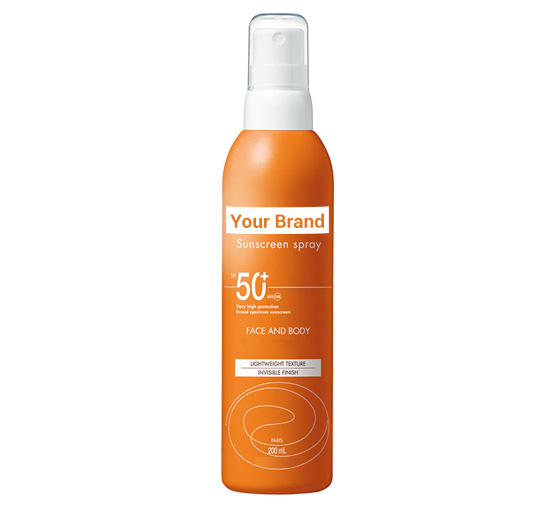
Choosing the Right Sunscreen Spray
Understanding SPF and Broad-Spectrum Protection
To choose an effective sunscreen spray, it’s vital to understand SPF, or Sun Protection Factor, and the concept of broad-spectrum protection. SPF is a measure of how well a sunscreen can protect against UVB rays, which are responsible for sunburn. Broad-spectrum protection ensures that the product also shields against UVA rays, which penetrate deeper into the skin and contribute to aging and skin cancer. Ideally, a sunscreen spray should have an SPF of 30 or higher and be labeled as broad-spectrum for complete coverage.
Formulations for Different Skin Types
When selecting a sunscreen spray, consider your skin type. Individuals with sensitive skin should seek out formulas free from irritants such as fragrances and alcohol, and may benefit from mineral-based sprays containing zinc oxide or titanium dioxide. Those with oily skin can look for sprays with a matte finish, while those with dry skin should opt for moisturizing formulas. For acne-prone skin, non-comedogenic sprays, which are designed not to block pores, are the best choice.
Environmental Impact and Responsiveness
An often-overlooked aspect of choosing a sunscreen spray is its environmental impact, particularly for those who spend time in the ocean. Certain chemical ingredients in sunscreens are known to damage coral reefs and marine life. As a result, it’s crucial to pick reef-safe sunscreen sprays that avoid these harmful chemicals. Moreover, aerosol spray sunscreens have faced criticism for their environmental impact due to the propellants they use. Non-aerosol pump sprays are a more environmentally friendly option that still provides the convenience of a spray application.
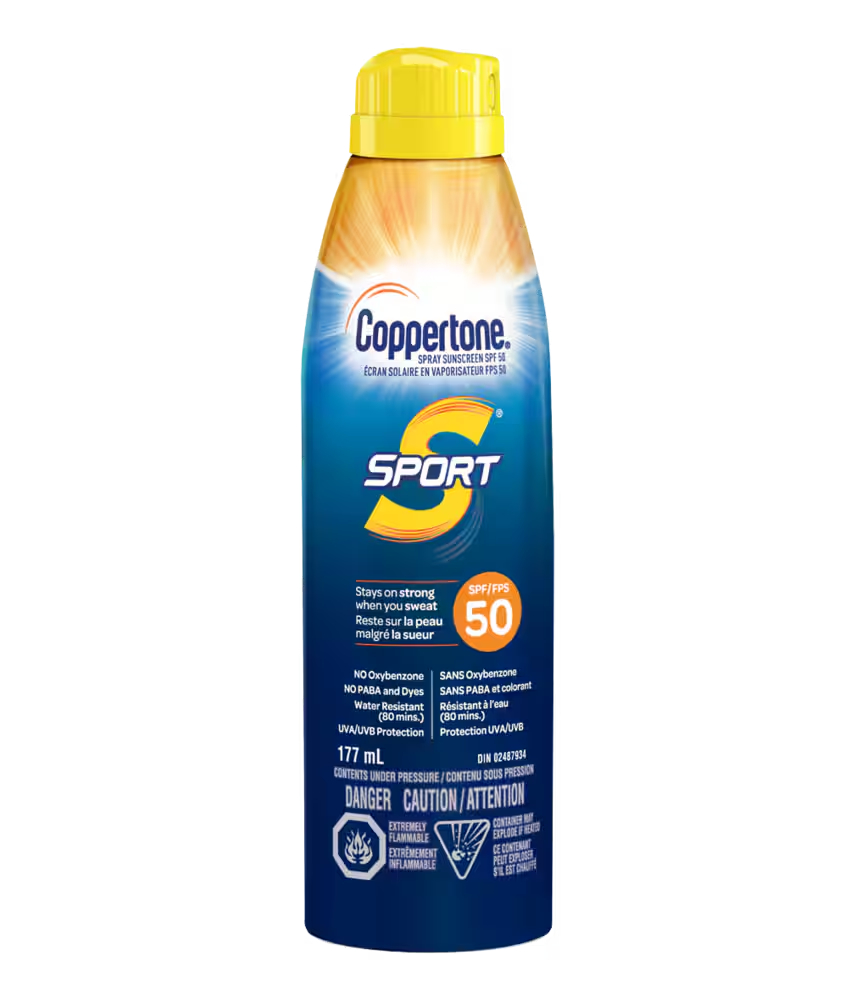
Best Practices for Sunscreen Spray Application
Techniques for Comprehensive Coverage
For sunscreen sprays to be effective, they must be apply correctly. Begin by shaking the bottle well to mix the formula, as separation may occur. Hold the nozzle close to your skin and spray generously and evenly to all exposed areas. Do not use sunscreen sprays in the wind, as this can lead to uneven coverage. For the face, spray the product onto your hands and then apply it to your face to avoid inhalation or contact with the eyes. Apply sunscreen at least 15 minutes before sun exposure to allow it to bond to the skin properly.
Reapplication and Duration of Protection
Sunscreen’s efficacy diminishes over time, especially after sweating, swimming, or towel drying. Therefore, it is essential to reapply sunscreen spray at least every two hours, or more frequently if engaging in water activities. When spending extended periods outside, timings for reapplication should be strictly followed for continuous protection. Additionally, no sunscreen can offer 100% protection, so combining sunscreen spray use with other protective measures like wearing hats, sunglasses, and UV-protective clothing is advisable.
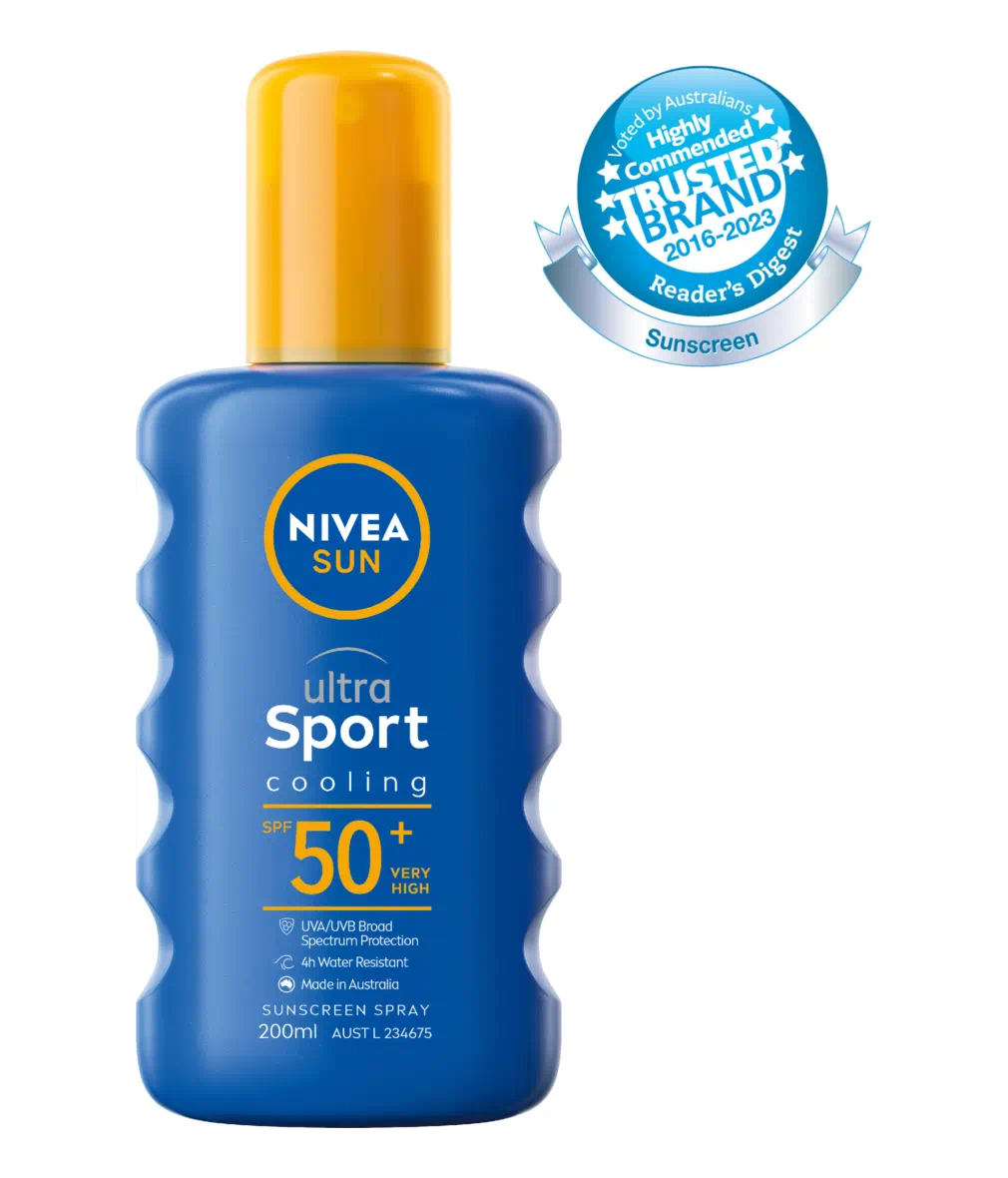
Addressing Common Concerns and Misuse
A common misconception with sunscreen sprays is that you don’t need to rub them in, but doing so ensures
the product is evenly distributed, minimizing the risk of missed areas. Care should also be taken to avoid inhaling the product. When applying, avoid directly spraying the face or around the mouth and nose. To be sure it’s safe for facial use, double-check the product label or consult with a dermatologist. Keep the spray out of reach of children to prevent accidental ingestion or eye contact, and never apply near heat sources, such as open flames or while smoking, as the contents are typically flammable.
Ongoing Research and Advances in Sunscreen Sprays
Exploring New Ingredients and Technologies
The world of sunscreen is constantly evolving, with ongoing research leading to innovative ingredients and technologies. Modern sunscreen sprays may contain advanced filters that offer broader spectrum protection, higher photostability (an ability to maintain effectiveness when exposed to light), and greater water resistance. Scientists are also developing eco-friendlier ingredients and packaging options to reduce the environmental impact of sunscreen products. By staying informed about these advances, consumers can choose products that not only protect their skin but also align with their values regarding health and sustainability.
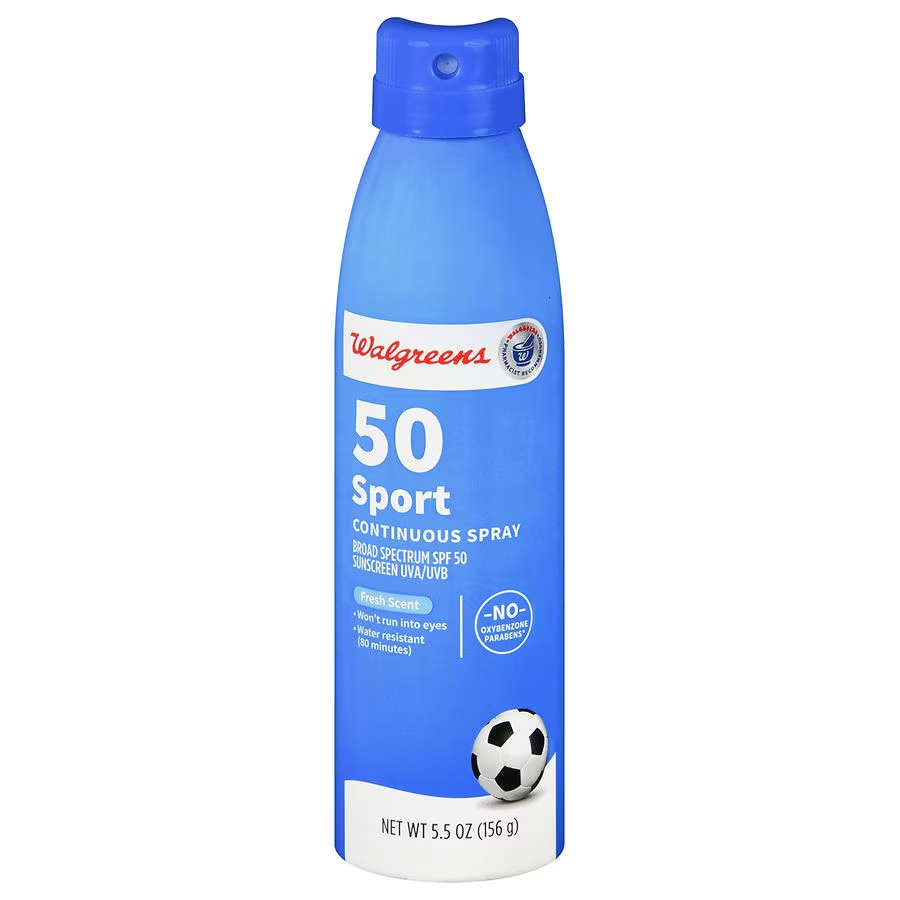
The Role of Nanotechnology in Sunscreens
Nanotechnology is a cutting-edge area that has made its way into the sunscreen industry. It involves the use of tiny particles to improve the effectiveness and feel of sunscreen. In spray formulations, nanoparticles help to create a lighter, more breathable application that’s less visible on the skin while still offering adequate UV protection. However, there is some debate over the safety and environmental impact of nanoparticles, leading to there being rigorous safety assessments. As the research progresses, regulatory bodies are closely monitoring the use of nanotechnology to ensure the safety of sunscreen products for both consumers and the environment.
Future Trends and Personalization
Looking forward, we can expect personalized sunscreen sprays that cater to individual skin types, concerns, and preferences. The sunscreen industry might utilize data-driven approaches to create custom formulations that adjust to specific skin tones, local climate conditions, or even genetic predispositions to certain skin issues. Advancements in biodegradable packaging and refillable containers also forecast a more sustainable approach to sunscreen products, reducing plastic waste and the environmental footprint of skin protection.
Conclusion: Smart Sun Protection for Healthy Skin
Proper use of sunscreen spray is integral to maintaining skin health and preventing sun damage. By understanding the advantages, choosing the right product, and applying it correctly, you can ensure that you’re making the most of what these convenient protectants offer. Always select a broad-spectrum sunscreen with an SPF appropriate for your skin type and activities, and reapply as directed to maintain coverage.
As new research and technologies emerge, sunscreen sprays will continue to improve in terms of efficacy, safety, and environmental impact. Keeping informed about these advances can help you make responsible choices about skin protection that align with your personal values.

